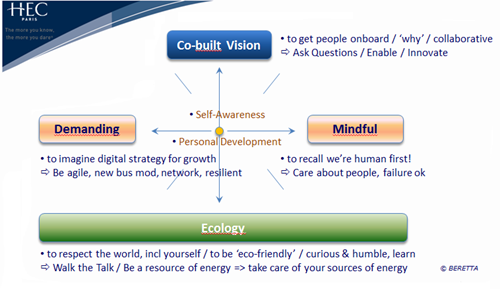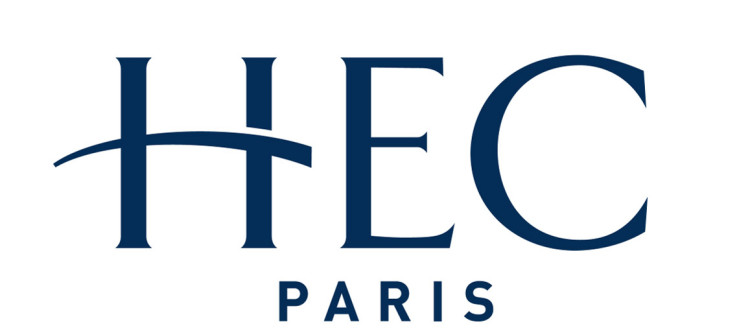- Leadership
Leading in the Digital Age
How managing the small changes effectively is key
It is clear to everyone that we live in a world of digital disruption. This can lead us to think that in order to create any significant change in the world we need to enact radical change in our organizations. My research and discussion with senior leaders of organizations large and small suggests that while being able to create the next Uber or Spotify will clearly be life-changing for an individual and their customers, these are the outliers. For most of us, enabling change needs to be a continual process of small changes that cumulatively, over a period of time, will establish true shifts in our organizations.
Leadership in today’s digital world requires managers and executives to make a series of small changes themselves. Firstly, we need to understand ‘what is digital’. There is a plethora of definitions, but for me it is accepting that the world we live in is global, fast, complex, connected and ever-changing, and any new product or service needs to be able to cope with those parameters.
Underpinning this increasing velocity of change is the shift in culture that digital natives are bringing with them. For an organization to be optimising its opportunities it needs to be attracting talented people – and these people are much in demand; the key to talent retention is culture. Millennials have lost their corporate loyalty, no 20-something dreams of working for just one organization for life anymore. The best and brightest see life as a connected series of experiences that can fulfil them both professionally and personally. This means that chasing meaningless (as in without obvious social purpose) financial indicators over 12-15 hour days is not going to do it. I have seen talented youth walk out the door of companies in New York, Paris, Dubai and Shanghai for want of ‘purpose’, this is a global mindset these days. Real talent knows its worth, and knows it can find someone else to employ them somewhere else if they are disenchanted.
Leaders in the digital age therefore need to ‘walk the talk’, and practice what they preach around culture.
So what is required to lead in this agile, febrile environment? As with all leadership, the key is to ‘get people on-board’. This requires a clear vision and the energy to share it and so influence others. These are all easy to ask for, but much more difficult to deliver. Where does the vision come from? How do you ensure a supply of energy? What are the best methods to share the vision to your organization? How can you ensure that this will influence them to act?
These are not simple activities to teach. Being ‘affective’ or emotional responses they require an initial awareness of the issues and then to build on those with incremental changes in behaviour and processes. They require the successful leader to be curious, humble and perceptive. These are not dispositions that are fostered in the fast-paced, fire-fighting, fraught environment that is the modern office. It is therefore necessary for today’s digital leaders to remove themselves regularly from that environment to ‘clear their head’ of the daily noise of business. One successful CEO I know, goes to the museum every Friday afternoon, not for relaxation, but to allow his mind to make the connections that it cannot do in the office. “This is what I’m paid for – to make sense of the business environment and see innovative ways forward” he tells me. The museum environment allows both the peace to think freely, and also the external stimulus to think creatively.
The modern leader needs to equally promote the ‘Serve Culture’, where he is the enabler of change but not necessarily the implementer. He needs to hear as many insights and stories as possible from people, both inside and external to the organization, and synthesize that to create his vision. Then he needs to set the environment where others can put the vision into practice. By setting the right culture you will bring energy to others and they will want to deliver it.
There is an important connection between the perception of the new digital world and the natural world. Both environments require a higher level of respect and awareness of vulnerable relationships in each ecosystem. This brings a need for greater cross-boundary collaboration. The digital leader needs to go from being ego-friendly to eco-friendly.

These are all manageable things to achieve. They do not require radical disruption, but can be brought about by small changes. So what are the little changes you are ready to make to improve your organization’s culture?
ARTICLES YOU MIGHT LIKE
RESEARCH
Why organizational resilience requires adaptive leadership particularly in times of crisis
DEVELOPING LEADERS QUARTERLY MAGAZINE AND WEEKLY BRIEFING EMAILS


































